Name Ceija Stojka | Role Writer | |
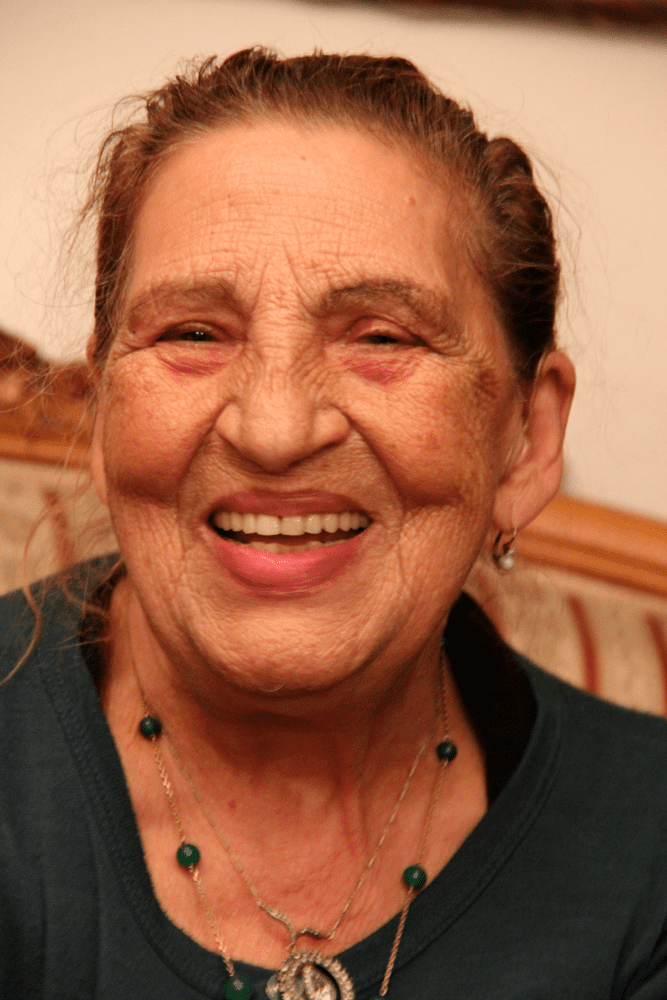 | ||
Died January 28, 2013, Vienna, Austria | ||
Siblings Karl Stojka, Mongo Stojka | ||
Ceija stojka megsz gyen tve
Ceija Stojka (1933–2013) was an Austrian-Romani writer, painter and musician,and survivor of the Holocaust.
Contents
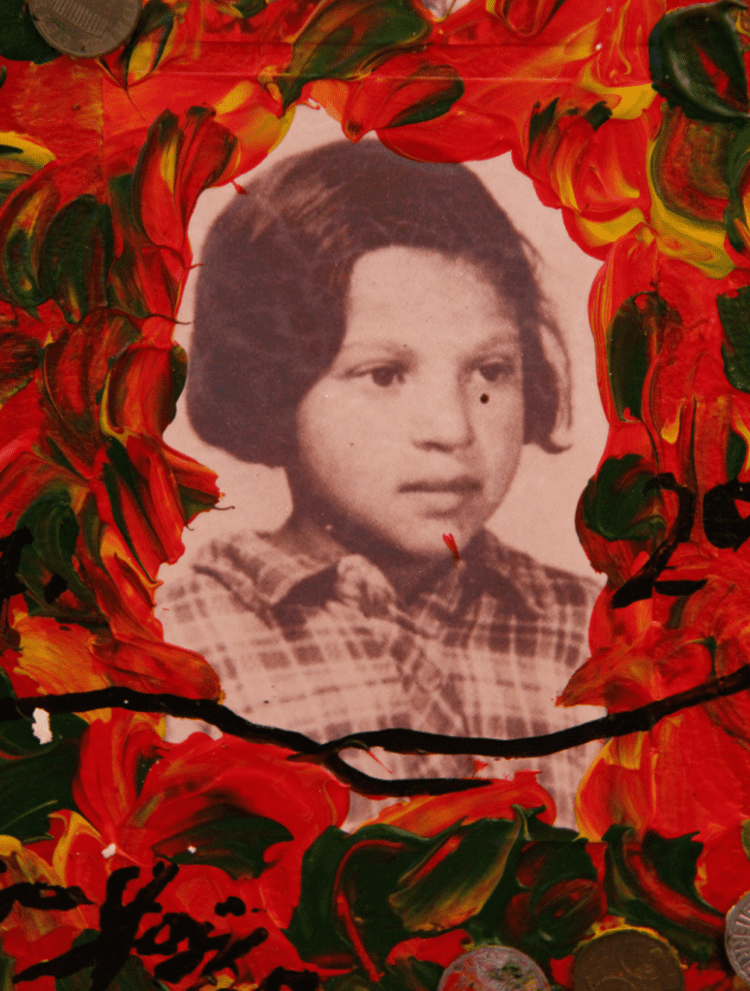
In memoriam ceija stojka
Life
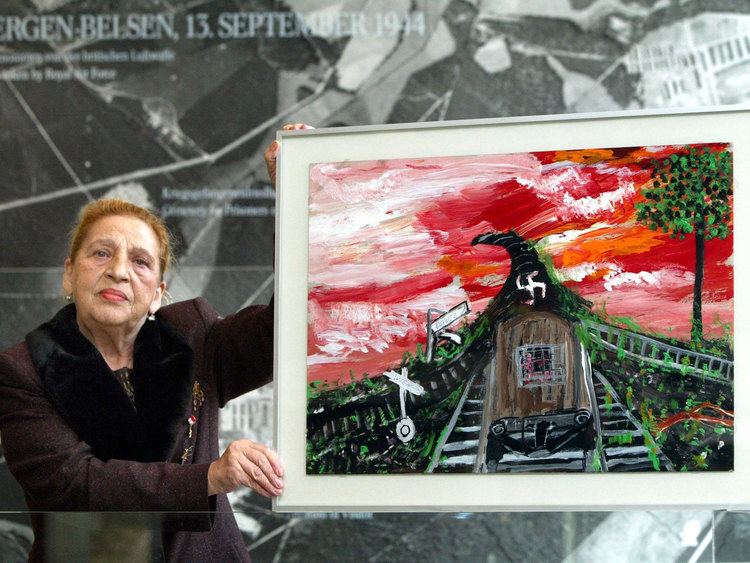
Stojka was born in Kraubath an der Mur, Styria in 1933 as the fifth of six children to mother Maria "Sidi" Rigo Stojka and father Karl "Wackar" Horvath. Two of her brothers, Karl "Karli" Stojka and Johann "Mongo" Stojka, were also writers and musicians.
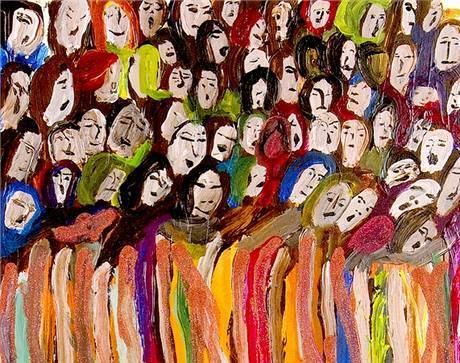
The family were Roman Catholic Lovara Roma, members of the Bagareschtschi clan on their father's side and Giletschi clan on their mother's side. The Stojkas were horse-traders whose caravan spent winters in Vienna and summers travelling through the Austrian countryside, where the family could trace their heritage for over 200 years. Together with her mother and four of the five brothers, she survived the Holocaust and internment at Auschwitz, Ravensbruck, and Bergen-Belsen. Her father was sent to the Dachau concentration camp, then to Schloss Hartheim, where he was killed. Her youngest brother Ossi died in the "Zigunerfamillienlager" at Auschwitz-Birkenau in 1943.
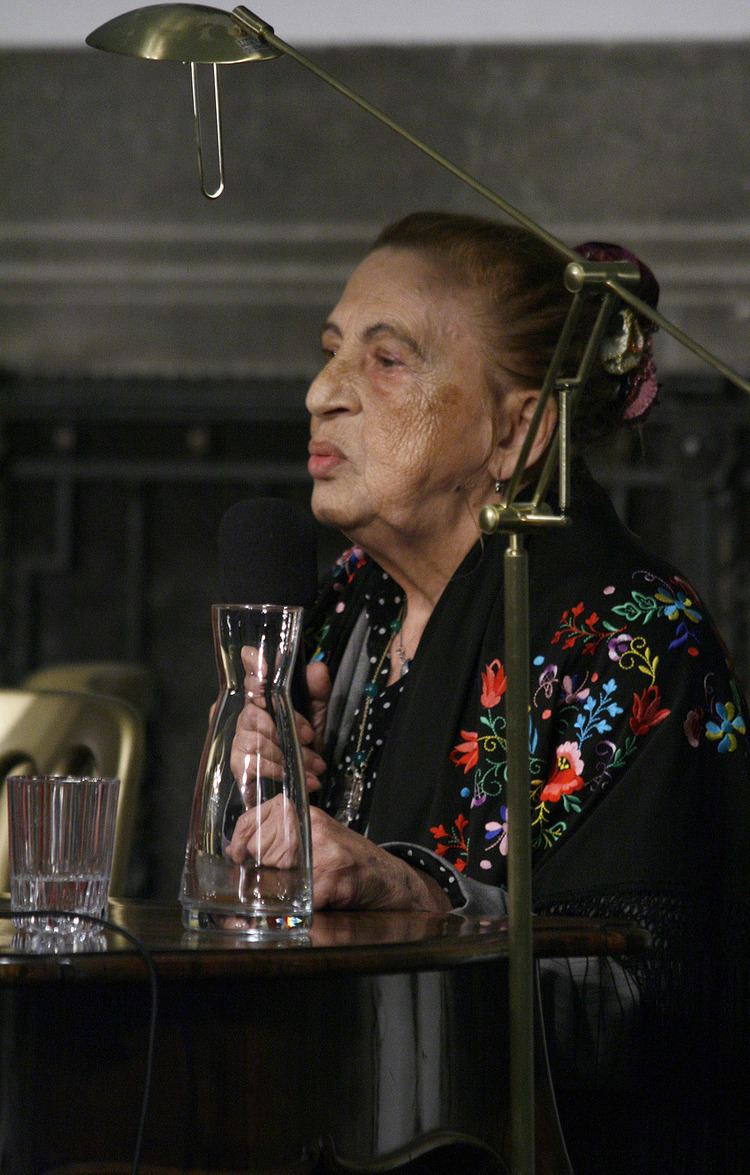
Stojka, her mother, and sisters were freed by the British from Bergen-Belsen in 1945 and returned to Vienna. Ceija began school at the age of twelve in the second grade.
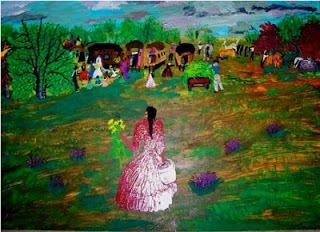
Stoja had two children, a son in 1949 and a daughter in 1951. Her son Jano, a jazz musician, died from drugs in 1979. She earned her livelihood selling fabric door-to-door, as well as rugs at markets. Later, she lived in Vienna as a writer, painter, singer, and public lecturer.
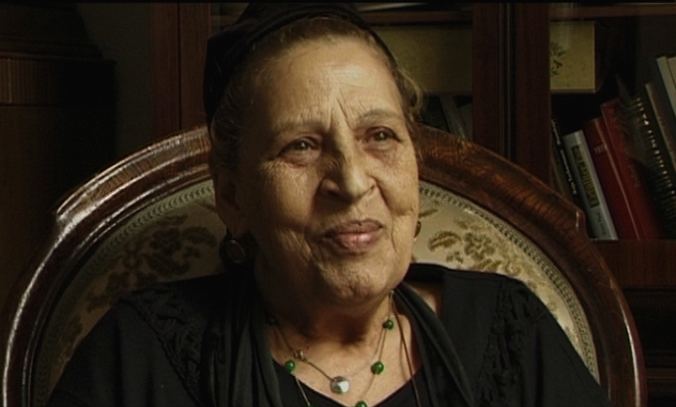
She died in Vienna in 2013 at the age of 79.
Autobiographies
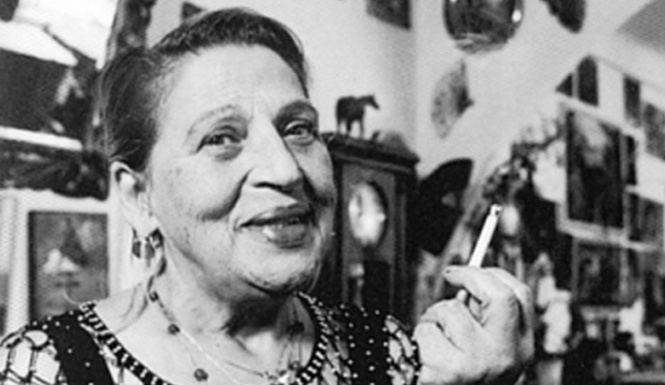
Stojka wrote three autobiographies. The first, We Live in Seclusion: The Memories of a Romni, was published in 1988 and was one of the first popular works to make public the issues concerning the Nazi persecution of the Austrian Romani people. The publication received substantial public attention for its subject matter, as well as for the fact that a woman had written it, breaking Romani convention. She continued exploring these issues in Travellers on This World (1988) and Träume ich, dass ich lebe? All three books were published with the help of Karin Berger as editor.
Two of Stojka's brothers, Karl and Mongo Stojka, also published autobiographies about their family's experiences of Austrian Roma persecution under the Nazis. Karl Stojka, the fourth child in the family, released Auf der ganzen Welt zu Hause in 1994. Mongo Stojka, the oldest male in the family, published Papierene Kinder: Gluck, Zerstorung und Neubeginn einer Roma-Femilie in Osterreich in 2000. These overlapping autobiographies are among the only opportunities to compare the memories of family members who survived the Holocaust and consider the "separate and collective experiences of a major historical traumatic event," given that only about 18% of Austrian Roma survived Nazi persecution.
Stojka is featured in the 2013 documentary film Forget Us Not, which follows several non-Jewish survivors of the Holocaust.
Art
Sojka began painting at the age of 56 using unconventional painting implements like her fingers and toothpicks. She worked with "everything that comes between [her] fingers," including cardboard, glass jars, postcards, and salt dough.
Her work is rooted in German expressionism and folk art and depicts the death camps as well as "idyllic" pictures of family life in their painted wagon before the Holocaust. A 2014 retrospective exhibition "We Were Ashamed" described her body of work as two cycles. The first, titled "Even Death is Afraid of Auschwitz," depicts her memories of concentration camps, and is composed primarily of black and white ink drawings and comparatively few oil paintings. The second "Bright Cycle" involves colorful oil paintings of nature, landscapes, Roma wagons, dance, and family.
Her art has been exhibited throughout Europe, in Japan and in the United States.
She also released a CD of Lovara Romani songs titled Me Diklem Suno ("I dreamt").
